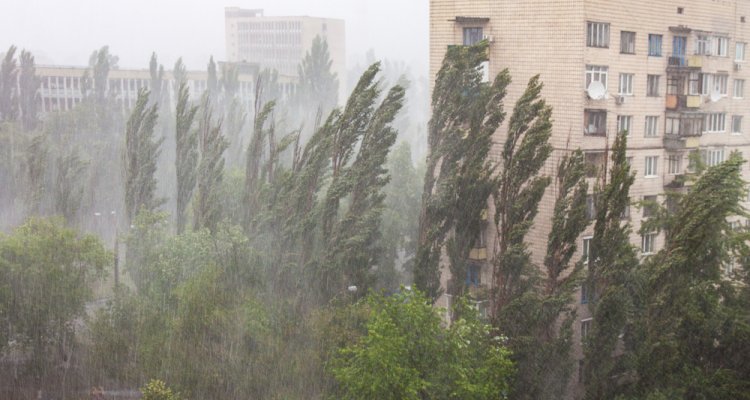
News
The urban “wind island effect”
Cities have complex microclimates that can vary from street to street. In order to maintain quality of life in cities, it is important that the dynamics behind these microclimates is understood, so that they can be accounted for urban planning and design. A great deal is already known about the urban heat island effect, but new research is now being done on the urban wind island effect.
Arjan Droste, Gert-Jan Steeneveld, and Bert Holtslag from the Meteorology and Air Quality Section of Wageningen University examined the difference in wind patterns between urban and rural environments. Until this point, urban wind was primarily studied for individual buildings or limited areas. However, wind is a significant component of urban climate due to the relevance for air quality, wind nuisance, human thermal comfort, and urban wind-generated energy technology. The wind speed in cities is defined by the dynamics of the atmospheric boundary layer, the portion of the atmosphere directly above the Earth’s surface.
Average wind speed sometimes higher in cities
By using a model of the atmospheric boundary layer, Droste, Steeneveld, and Holtslag discovered that the average wind speed in a city can be surprisingly higher than in a rural area under certain atmospheric conditions, despite the greater surface “roughness” in cities, which weakens the wind. “It’s a remarkable discovery”, says Gert-Jan Steeneveld. “It goes against what you would initially think. But that’s exactly what makes science so much fun."
The urban wind island effect largely occurs during the afternoon and appears to be caused by a combination of differences in the height of the atmospheric boundary layer between urban and rural environments, the roughness of the Earth’s surface at the location, and the difference in wind speeds between the boundary layer and the troposphere, which lies above it.
Ten urban climate zones
In their model, the researchers varied the surface morphological characteristics of an urban area, so that they could study the sensitivity level of ten local urban climate zones to the urban wind island effect. These climate zones consist of neighbourhoods with various building heights, plant coverage, etc. Their model indicated that the urban wind island effect primarily appears when the boundary layer of the city is higher than the layer in the rural area, with low building heights (up to 12 m) and at moderate wind speeds (less than 5 m/s). Understanding the urban wind island effect is important for modelling urban air quality, quantifying the potential of wind energy in a city, etc.
Read the “Introducing the urban wind island effect”, Environmental Research Letters